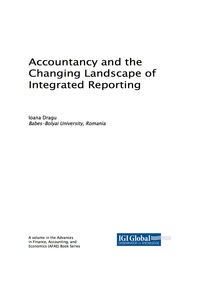Question
1. Bridgetts son, Clyde, is $12,000 in arrears on his residential mortgage payments. Of the $12,000, $7,500 represents interest and $4,500 represents principal. If Bridgett
1. Bridgetts son, Clyde, is $12,000 in arrears on his residential mortgage payments. Of the $12,000, $7,500 represents interest and $4,500 represents principal.
-
If Bridgett pays the $12,000 to the lender, how much can she deduct? How much can Clyde deduct?
-
If Bridgett pays the $7,500 of interest to the lender and lends or gives $4,500 to Clyde, who pays the $4,500 of principal, how much can Bridgett deduct? How much can Clyde deduct?
-
If Bridgett gives or lends the $12,000 to Clyde who pays the lender, how much can he deduct? How much can Bridgett deduct?
-
Advise Bridgett and Clyde on how the payment should be made.
2. Marvin spends the following amounts on a house he owns:
Repair to roof $1,100
Carpeting for the living room 1,200
Painting of the exterior 4,000
Replacement of front door 800
-
How much of these expenses can Marvin deduct if the house is his principal residence?
-
How much of these expenses can Marvin deduct if he rents the house to a tenant?
Classify any deductible expenses as deductions for AG! or as deductions from AG!.
Step by Step Solution
There are 3 Steps involved in it
Step: 1

Get Instant Access to Expert-Tailored Solutions
See step-by-step solutions with expert insights and AI powered tools for academic success
Step: 2

Step: 3

Ace Your Homework with AI
Get the answers you need in no time with our AI-driven, step-by-step assistance
Get Started


